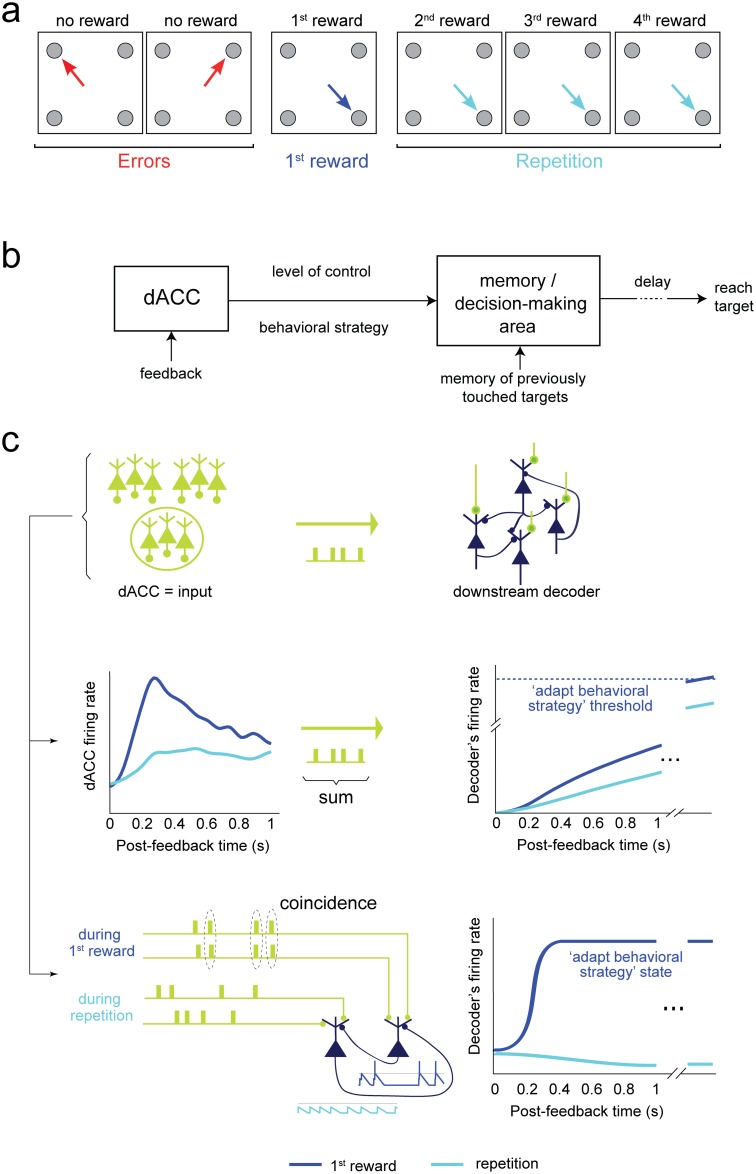Fig 1. Task and proposed neural mechanisms.
(a) During exploration, monkeys had to find, by trial-and-error, which of four targets resulted in a reward. After receiving the first reward, monkeys entered a repetition period and received additional rewards by touching the same target. (b) Plausible dACC role in the task [1,29–31]: it processes feedback information (error or reward) to signal a behavioral strategy (either exploration, switch toward repetition, or repetitive behavior). It would also signal the adaptive value of updating the behavioral strategy (“level of control”). A downstream area would combine dACC signals with a memory of previous choices to decide which target to choose next. (c) Spike count versus timing sensitive decoding of dACC signals. Middle: a neural integrator decoder [7,9,10] responding with a firing rate proportional to the sum of input dACC spikes. The decoder maintains a memory of past inputs and can store a continuum of level of control values. dACC neurons firing preferentially during either errors, first rewards, or both [29] could project to different neural integrators. Bottom: an example of spatiotemporal decoder that is sensitive to the temporal structure of dACC spike trains and implements a memory. The connections between neurons create two stable states, with high and low firing. The high-activity state sustained through recurrent connections signals the need to adapt behavior. This decoder would be sensitive to its input temporal structure, with some patterns favoring the transition to, and/or stability of, the high-activity state [32]. This scheme illustrates how temporal coincidences in the input could favor the discharge of downstream neurons.

